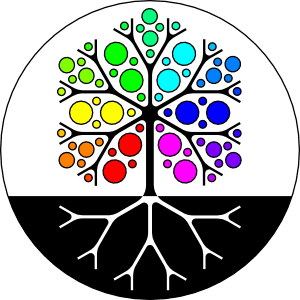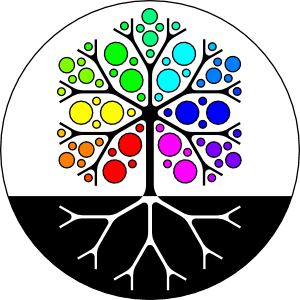Permaculture, as a formalized system of design, emerged in the 1970s, but its roots stretch back through millennia of indigenous land management and sustainable agricultural practices. The term "permaculture"—a blend of "permanent agriculture" and "permanent culture"—was coined by Australian ecologists Bill Mollison and David Holmgren as they sought to develop a holistic approach to land stewardship that mimicked the resilience and efficiency of natural ecosystems.
Early Inspirations: Indigenous and Traditional Knowledge
Long before the modern permaculture movement, indigenous cultures around the world practiced sustainable land management techniques that align with permaculture principles. Examples include:
Chinampas (Floating Gardens) of the Aztecs – A highly productive method of agriculture that integrated water systems with food production.
Three Sisters Planting of North America – A cooperative growing method used by many Indigenous American tribes, where corn, beans, and squash were planted together for mutual benefit.
Terracing in the Andes and Southeast Asia – Engineered landscapes that prevented erosion and maximized agricultural productivity in mountainous regions.
Agroforestry in Africa and South America – Systems that integrated trees, crops, and animals to create sustainable food production cycles.
These time-tested techniques formed the foundation for the permaculture movement, emphasizing diversity, resilience, and working with, rather than against, nature.
The Birth of Modern Permaculture
In the 1970s, Bill Mollison and David Holmgren synthesized these principles into a comprehensive design system. Mollison, an Australian researcher and biologist, observed that industrial agriculture was depleting natural resources and destroying ecosystems. Together with Holmgren, he developed permaculture as an alternative—one that emphasized regenerative agriculture, closed-loop systems, and self-sustaining communities.
Their 1978 book, Permaculture One, laid the groundwork for permaculture as a global movement. The publication was followed by intensive training programs, workshops, and the creation of permaculture design courses (PDCs), which have since educated thousands of practitioners worldwide.
Growth and Global Influence
From its early roots in Australia, permaculture spread rapidly across the globe, influencing agricultural, architectural, and community development practices. Notable milestones include:
The establishment of permaculture research institutes and demonstration farms worldwide.
The integration of permaculture principles into disaster recovery and refugee settlement programs.
The rise of urban permaculture, applying principles to small-scale, city-based solutions like rooftop gardens and community food forests.
Adoption in climate change resilience efforts, offering sustainable solutions for reforestation, water conservation, and soil regeneration.
Permaculture Today and Its Relevance to Our Mission
In the face of climate change, economic instability, and declining biodiversity, permaculture remains more relevant than ever. It provides a framework for regenerating landscapes, revitalizing local economies, and ensuring food security through sustainable methods.
At World Tree Permaculture, we see permaculture not just as an agricultural method, but as a guiding philosophy for community resilience and economic renewal. Our mission is to apply these principles to restore land, support local farmers and artisans, and create sustainable livelihoods.
By integrating permaculture into our projects—whether through our nutritional assistance program, local mercantile, farm-to-table restaurant, or textile company—we are building a future where communities thrive in harmony with nature.

